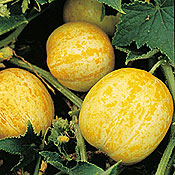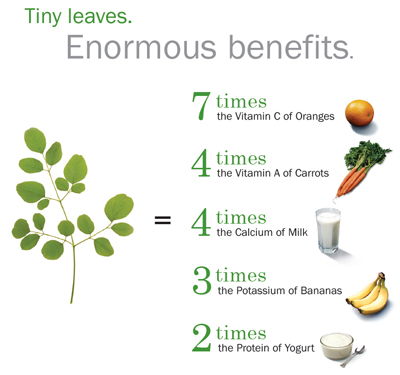Perennial Purple Tree Collard
A tall growing, non heading member of the cabbage family, tree collards
were introduced to California, probably during the latter half of the
eighteenth century. They are nutritious and a 100 square foot bed can
provide four times more protein and eight times more calcium than the
milk produced from a fodder crop grown in the same area. In addition,
tree collards contain no oxalic acid; therefore, they may be eaten raw
without iron being tied up. Perennial Purple Tree Collard leaves are
rich in calcium (226 mg per cup, cooked), vitamins B1, B2, B9, and C
(which may be leached by cooking, however), as well as beta-carotene
(pro-vitamin A).
Read more: http://richardsfarms.vpweb.com/Tree-Collard-Information.html
Fooled You is a hybrid (F-1) variety of jalapeno with virtually no heat.
They have the flavor and appearance of jalapenos, but you can munch them like bell peppers. They are typically just a bit larger than regular jalapenos at about 3 ¼ inches long and 1 inch wide. The fruit is heavy, thick-walled, and will turn from green to red if allowed to mature on the plant. The plant will grow to just over 2 feet tall and many seed companies boast large yields in about 65 days.
Read more: http://davesgarden.com/guides/articles/view/1353/#ixzz2RhzxxjRB
Mouse Mellon
Tiny, 1 x 1/2 in. light-green fruits with darker mottling look like
watermelons for a doll house. The flesh is white, crisp, crunchy with a
slight lemony tartness. The flavor is closer to a cucumber than a melon.
One person described them as,"Cucumber with a bit of watermelon rind
and a squeeze of lemon juice." It is said that the missing crunch can
make people go off diets.
Read more: http://store.underwoodgardens.com/Cucamelon-_-Mouse-Melon-Melothria-scabra/productinfo/V1041/
Lemon Cucumber
Yellow-colored, spherical, the dimensions of an ample fist. Yep, these
types of cucumbers appear like lemons (significantly, that’s a image of
cucumbers, lemon cucumbers, not really lemons). These are sweet, without
having that nasty side that a majority of cucumbers have got, thin
skins, minimum gentle seeds, as well as tasty. They’re delicious raw,
however create tasty pickles as well.
Read more: http://whiteonricecouple.com/recipes/lemon-cucumbers-with-pesto/
Strawberry Spinach
One of the more interesting plants we grow, or should I say, grows
itself is strawberry spinach, also called strawberry blite, beet berry,
Indian paint, and a number of other names. The plant is very cold hardy
but will thrive in the hottest weather. With a long taproot it can get
by on very little water, of course the more water it gets the larger the
fruit.
Ground Chery
The typical Physalis fruit is similar to a firm tomato (in texture), and like strawberries or other fruit in flavor; they have a mild, refreshing acidity.
Litchi Tomatoes
Because the plant itself is covered with thorns, it is sometimes used
as a hedge plant to discourage animals from wandering into vegetable
gardens — not a bad idea.
The fruits ripen dark red and are round
and somewhat bullet-shaped, tapering to a blunt point. The interior
flesh is yellow and full of tiny flat seeds that are arranged much the
same way as seeds in a cherry tomato. Thus, when eaten out of hand, the
raw fruit has the mouth feeling of raspberries. The actual flavor is
tart and refreshing, quite similar to a sour cherry, for which it can be
used as a relatively good substitute in pies.
Read more: http://www.motherearthnews.com/Real-Food/Litchi-Fruit-Morelle-De-Balbis.aspx#ixzz2RjYTsdlI
Moringa Oleifera and Moringa Stenopetala
Moringa, native to parts of Africa and Asia, is the sole genus in the flowering plant family Moringaceae.
The most widely cultivated species is Moringa oleifera, a multipurpose tree native to the foothills of the Himalayas in northwestern India and cultivated throughout the tropics. M. stenopetala, an African species, is also widely grown, but to a much lesser extent than M. oleifera.
Moringa grows quickly in many types of environments.
Much of the plant is edible by humans or by farm animals. The leaves are rich in protein, vitamin A, vitamin B, vitamin C and minerals
Do you have more that you would like me to add to this list?








No comments:
Post a Comment